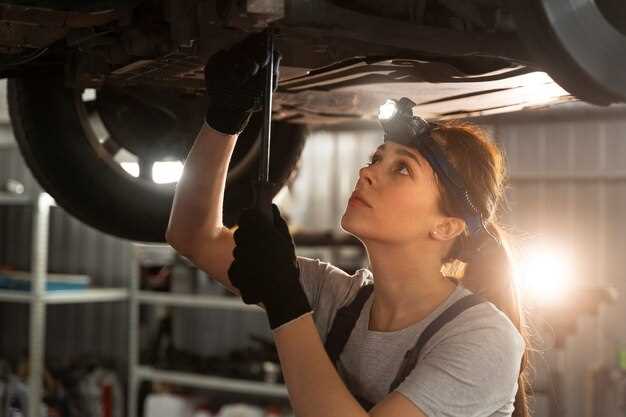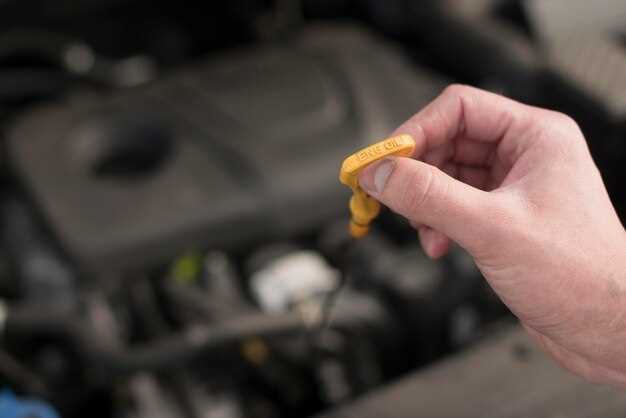
Uneven brake wear is a common issue that can significantly impact the performance and safety of a vehicle. Understanding the causes of this phenomenon is essential for drivers and automotive professionals alike. When brake components do not wear evenly, it can lead not only to reduced braking efficiency but also to increased repair costs and potential hazards on the road.
Several factors contribute to uneven brake wear, including mechanical misalignment, quality of brake components, and driving habits. Misalignment of the brake caliper or rotor can cause certain areas to contact the brake pads more than others, leading to accelerated wear in specific locations. This misalignment can be caused by wear in suspension components, improper installation, or damage from road conditions.
In addition to mechanical factors, the material composition of brake pads and rotors plays a crucial role in their longevity and wear patterns. Low-quality materials may not provide uniform friction and can wear unevenly due to their structural integrity. Furthermore, driving style significantly influences brake wear. Frequent hard braking, for instance, generates excessive heat, which can lead to uneven wear patterns on the brake pads and rotors.
Ultimately, recognizing and addressing the causes of uneven brake wear can enhance vehicle safety and performance. Regular maintenance, including inspections and adjustments, is essential for ensuring that braking systems operate optimally and wear evenly over time.
Impact of Driving Habits on Brake Wear

Driving habits significantly influence the wear and tear of vehicle brakes. Aggressive driving, characterized by rapid acceleration and sudden braking, tends to generate excessive heat and friction, leading to premature wear of brake pads and rotors. Continuously stopping short can cause uneven wear, affecting the overall braking performance.
Frequent city driving, with its stop-and-go traffic, also enhances brake wear compared to highway driving, which typically allows for more consistent speeds and less frequent braking. Drivers who often ride the brakes, instead of using engine braking or downshifting, contribute to increased brake pad degradation.
Additionally, the weight of the vehicle and driving conditions play a role. Driving with heavy loads or towing can strain the braking system, necessitating more brake force and accelerating wear. Poor road conditions, such as potholes or uneven surfaces, can also lead to irregular brake usage and increase the likelihood of uneven wear.
Regular maintenance, including brake inspections, is essential, especially for drivers with less cautious habits. Being mindful of driving style and making conscious efforts to brake smoothly can prolong the lifespan of braking components and ensure safer vehicle operation.
Effects of Vehicle Alignment and Suspension Issues

Improper vehicle alignment can significantly impact brake wear. When the wheels are not correctly aligned, it causes uneven tire contact with the road surface, leading to excessive friction. This misalignment often results in certain brake pads wearing down faster than others, especially on the side that is misaligned. Over time, this uneven wear can compromise braking performance and increase the frequency of brake pad replacements.
Suspension issues exacerbate the problem by altering the vehicle’s weight distribution. A malfunctioning suspension system can cause the car to lean to one side, affecting the load on each wheel. Increased weight on one brake can lead to premature wear, while the opposite brake may not engage as effectively, resulting in reduced stopping power.
Additionally, worn suspension components such as shock absorbers and struts can increase the vehicle’s body roll, further influencing brake performance. Drivers may experience a sensation of pulling to one side when braking, which is often a direct consequence of misalignment or suspension problems. This effect not only jeopardizes safety but also results in increased repair costs due to accelerated wear on both brake and tire systems.
Regular maintenance of alignment and suspension systems is crucial for promoting even brake wear. Comprehensive inspections help identify alignment discrepancies and worn suspension parts that require attention. Maintaining proper alignment contributes to overall vehicle stability and extends the lifespan of both tires and brakes.
Role of Brake Component Quality in Wear Patterns
The quality of brake components directly influences the wear patterns observed in vehicle braking systems. High-quality brake parts, such as pads, rotors, and calipers, are designed to withstand heat and friction more effectively than their lower-quality counterparts. This resistance helps maintain a more consistent braking performance, reducing the likelihood of uneven wear.
Brake Pads are a critical element in this relationship. Premium pads typically use advanced materials that provide better stopping power while minimizing abrasion against the rotor surface. Poor-quality pads can wear unevenly due to inconsistent composition, leading to a range of issues, including increased vibration and noise during braking.
Rotors also play a significant role in wear patterns. High-quality rotors exhibit superior structural integrity and thermal management capabilities. They are less prone to warping under heat, which can cause uneven contact with the brake pads. This misalignment results in localized wear, potentially leading to premature part failure.
Furthermore, calipers are essential for ensuring proper pad contact with rotors. Calipers that are poorly manufactured or constructed from inferior materials may not provide even clamping force across the brake pads. This inconsistency can lead to uneven wear, where one side of the pad wears significantly faster than the other, exacerbating braking performance issues.
In conclusion, the quality of brake components is paramount in determining wear patterns. Investing in high-quality parts not only enhances overall safety but also extends the lifespan of the braking system, ultimately leading to more predictable and uniform wear characteristics.




